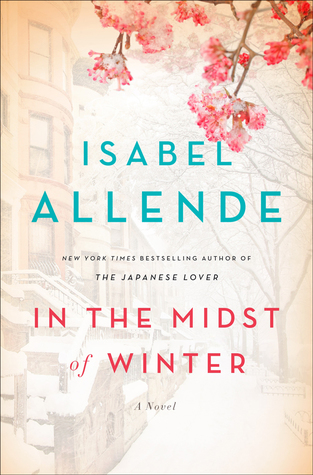 In the Midst of Winter by Isabel Allende
In the Midst of Winter by Isabel Allende Published by Atria Books on October 31, 2017
Genres: Contemporary Fiction
Pages: 352
Format: Hardcover
Source: Library
Buy on Amazon, Buy on Bookshop
This post contains affiliate links you can use to purchase the book. If you buy the book using that link, I will receive a small commission from the sale.
Goodreads
New York Times and worldwide bestselling “dazzling storyteller” (Associated Press) Isabel Allende returns with a sweeping novel about three very different people who are brought together in a mesmerizing story that journeys from present-day Brooklyn to Guatemala in the recent past to 1970s Chile and Brazil.
In the Midst of Winter begins with a minor traffic accident—which becomes the catalyst for an unexpected and moving love story between two people who thought they were deep into the winter of their lives. Richard Bowmaster—a 60-year-old human rights scholar—hits the car of Evelyn Ortega—a young, undocumented immigrant from Guatemala—in the middle of a snowstorm in Brooklyn. What at first seems just a small inconvenience takes an unforeseen and far more serious turn when Evelyn turns up at the professor’s house seeking help. At a loss, the professor asks his tenant Lucia Maraz—a 62-year-old lecturer from Chile—for her advice. These three very different people are brought together in a mesmerizing story that moves from present-day Brooklyn to Guatemala in the recent past to 1970s Chile and Brazil, sparking the beginning of a long-overdue love story between Richard and Lucia.
Exploring the timely issues of human rights and the plight of immigrants and refugees, the book recalls Allende’s landmark novel The House of the Spirits in the way it embraces the cause of “humanity, and it does so with passion, humor, and wisdom that transcend politics” (Jonathan Yardley, The Washington Post). In the Midst of Winter will stay with you long after you turn the final page.
In the Midst of Winter is my first Isabel Allende, and I enjoyed it. The story kept me turning pages, wondering what would happen next. It was a deceptive book in that it reads like a cozy mystery, to a certain degree, but it tackles some fairly important issues, such as the Disappeared in Chile in the 1970s and 1980s and the plight of Guatemalans living with violence in the present day. It also touches on depression, cancer, alcoholism, and human trafficking. There is a surprising amount of humor in the novel, but I never felt Allende wasn’t treating the subjects with seriousness. Some aspects of the ending will not surprise, but others might keep readers guessing.
I read this book because Twitter friends and founders of the hashtag #THEBOOKCHAT are planning to discuss the book on January 23, and I wanted to be able to participate in the chat—talking about books with other adults is always fun for this high school English teacher. Otherwise, I would likely never have read it, and I’m glad I did. It was a nice way to start off the reading year. It examined some serious social justice issues but included some dark humor and warmth. The characters were fully realized and well-drawn. I’m excited to participate in the chat with my Twitter friends in a couple of weeks.









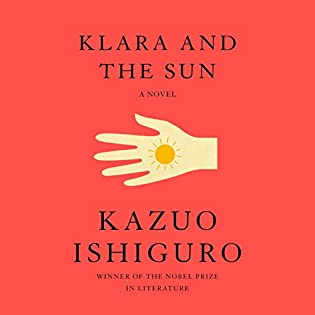 Klara and the Sun by
Klara and the Sun by 
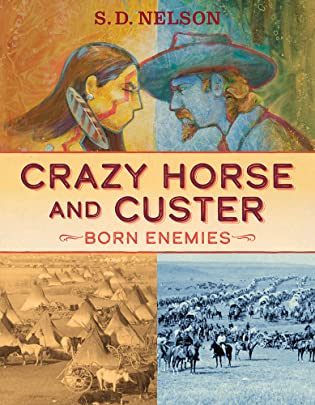 Crazy Horse and Custer: Born Enemies by
Crazy Horse and Custer: Born Enemies by 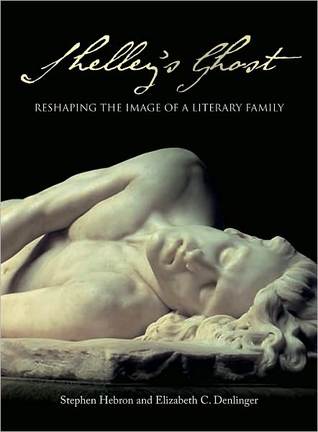 Shelley's Ghost: Reshaping the Image of a Literary Family by
Shelley's Ghost: Reshaping the Image of a Literary Family by 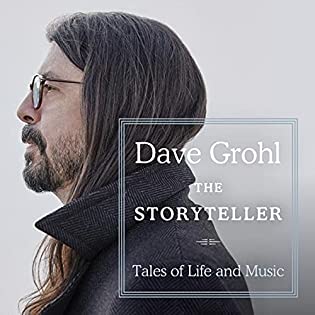 The Storyteller: Tales of Life and Music by
The Storyteller: Tales of Life and Music by 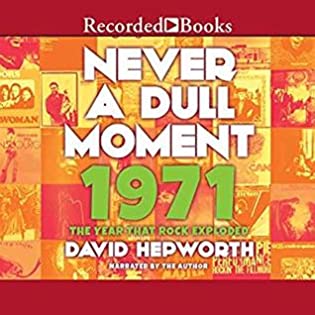 Never a Dull Moment: 1971—The Year That Rock Exploded by
Never a Dull Moment: 1971—The Year That Rock Exploded by 
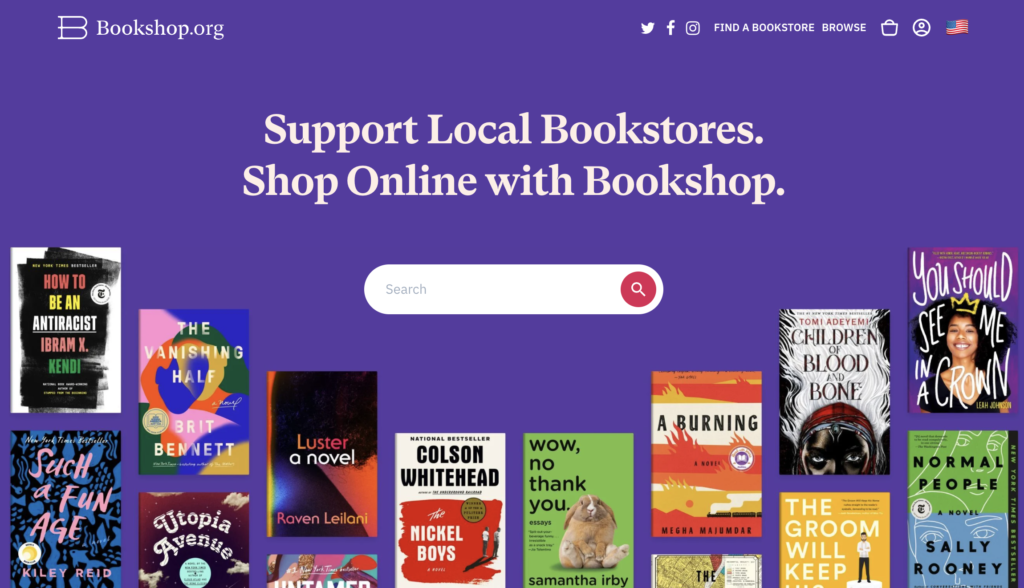
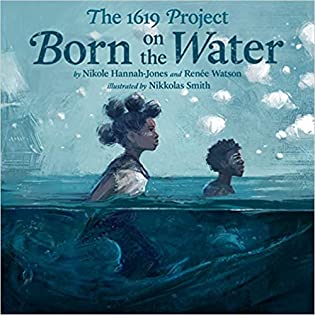 The 1619 Project: Born on the Water by
The 1619 Project: Born on the Water by 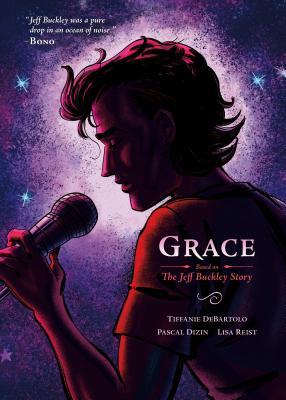 Grace: Based on the Jeff Buckley Story by
Grace: Based on the Jeff Buckley Story by 
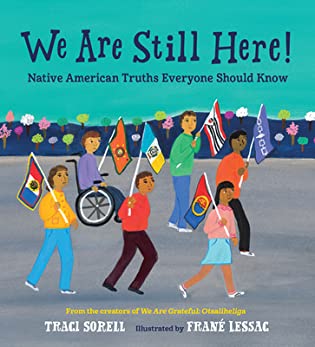 We Are Still Here!: Native American Truths Everyone Should Know by
We Are Still Here!: Native American Truths Everyone Should Know by 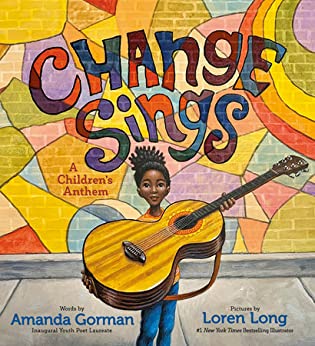 Change Sings: a Children's Anthem by
Change Sings: a Children's Anthem by